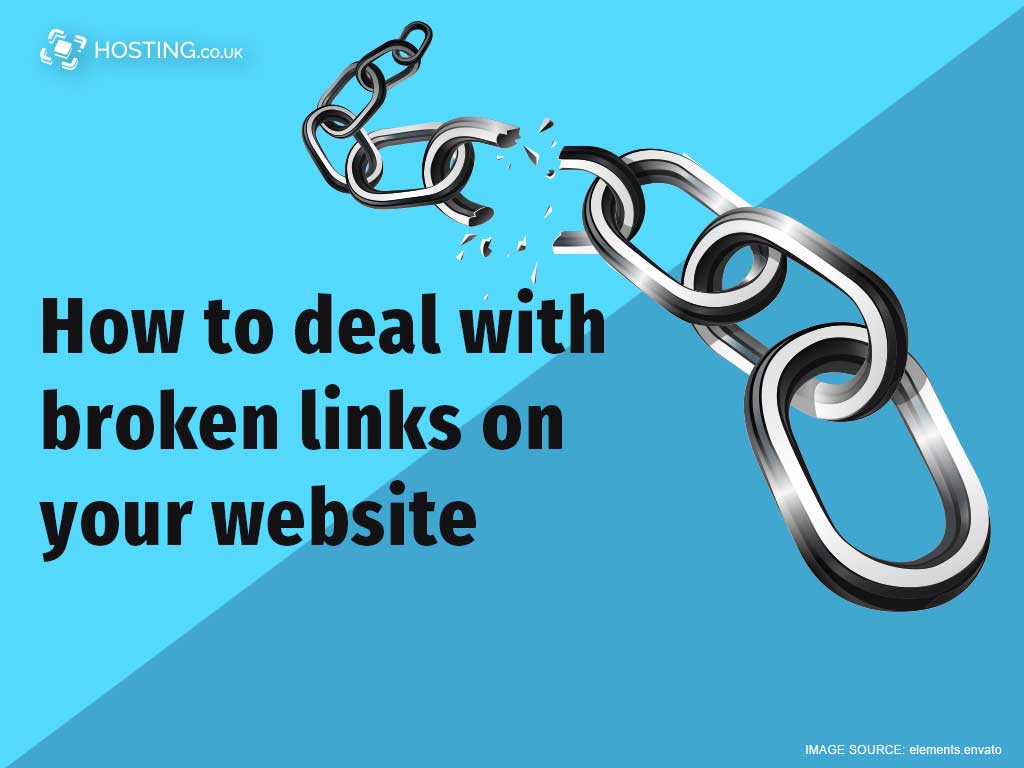What can be more counterproductive than a broken link on your website? Imagine you have developed a great product, created an award-winning marketing campaign and designed your own website only to realise that your users are experiencing broken links on your website. It is important to enhance your website’s performance to prevent these undesirable occurrences.
Table of Contents
What is a broken link?
A broken link otherwise known as “link rot” or “dead link,” refers to a webpage that cannot be found. Some broken link messages that a web server may produce are these:
- 404 Page Not Found – The page no longer exists because it has been removed or deleted
- Bad Host – Malformed URLs (missing bracket, wrong protocol etc.)
- Empty – The host server returns with no information and worst, no response code
- Timeout – And most common than not is the HTTP timed out during a link request
Other reason may be due to firewall or geolocation restrictions.
What negative effects does broken links have on your website?
If you haven’t already experienced the consequence of broken links on website, here are a few details to help you understand why you need to prevent these occurrences:
- It leaves a bad taste in your users’ mouth: 404 messages breed bad user experience.
- You Can Lose Customers: The most direct consequence is losing potential sales since users are not able to see your information.
- Oh, It Drops Your Keyword Ranking: You can lose organic traffic when your keyword ranking falls.
How do you find broken links on websites?
There are many paid and unpaid plugins and websites that are created for the purpose of checking broken links on website. Here are a few popular free tools you can use.
Google Analytics

Google Analytics is a tool provided by google to help you understand your website and visitors. It is a premier analytics platform that tracks website users’ behavior and your website performance. With Google Analytics, an account must be created first. Once this is done, you will need to install the platform. Here are the step by step guide:
- Log into your Google Analytics account
- Click on the “Behaviour tab”
- You will see “Site Content” click on that and then “All Pages”
- Ensure to set the evaluation period. The best practice for checking broken links on website is monthly.
- Scroll down to viewing option and set this for “Page Title”
- At this point you need to create a page title filter so look for the “Advance” option
- Your filtering should have >Page Tile>Containing> “Your 404 Page Title.” Ensure to click “Apply” By doing this, you will see the number of times your users have seen the 404 page title in the evaluation period you created.
- You then click on the listed page tittles to see the broken links on your website.
Xenu
Xenu Link Sleuth is a free download that works with almost all Windows versions. This is a great program that helps check for broken links on website. Here is how it works:
- Download and install the program
- Go to the “File” tab
- Check URL – here you place your website’s domain name
- Be sure to uncheck the box “Check External Links”
- Click “OK” to run the report
- Click on “File”
- Export to Tab Separated File
- Open text file with Excel
Broken Link Checker
This program requires no download to check for those broken links. It validates internal and external URLs and can run on Mac, Linux, Android, Windows and iOS. While the free version can check up to 3000 pages, the commercial version does carry an unlimited number of page search. Once you enter the website, you will instantly see a box with “Free Check for Broken Link” you can type in your website domain and click “Find Broken Link.” You will have to wait a little as it produces your report.
Dead Link Checker
This program requires no download as well. This program crawls through to identify all broken links on website. Once you enter the page, you will instantly see the search box where you can type in your website domain and click “Check.” You will have to wait a little as it produces your report. It will highlight the broken link, page title and error code.
How To Fix Broken Links
You can’t fix what you don’t know, this is a mistake that can harm your online business. Once you have used one of these tools listed, you would have identified the problematic links and now you’re able to fix them. Here are a few simple ways of fixing these:
- You can update the links on your website
- Edit htaccess file that are error coded
- You can remove the broken links to website pages that no longer exist or replace with a different source
- Install a plugin that helps to redirect (301) pages. The best practice is to give your users an action to take. You can include a link to similar page information, your blog homepage, contact us page or homepage.
- Try to avoid deep links in website or create a scheduled monthly check up to ensure these links aren’t broken.
Conclusion
Not all broken links on website are worth fixing. You want to pay attention to the ones with the most visits as these reflect a trend. Overall, the best practice to prevent broken link on website is to schedule regular housecleaning efforts on your webpage. This way, you will minimise the occurrences. And finally, always choose a secure web hosting platform for your online projects. Hosting.co.uk has a wealth of hosting and allied website services – all designed to make creating and maintaining your site the easy way. Reach out to our expert team with your questions or book a free consultation.
